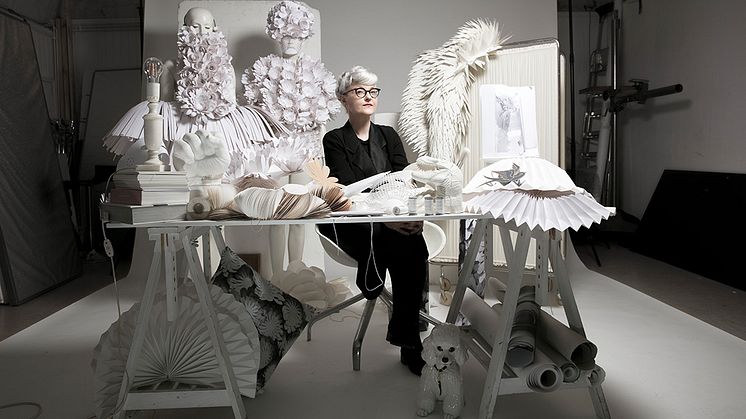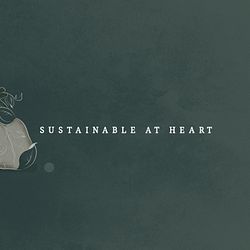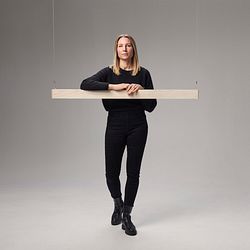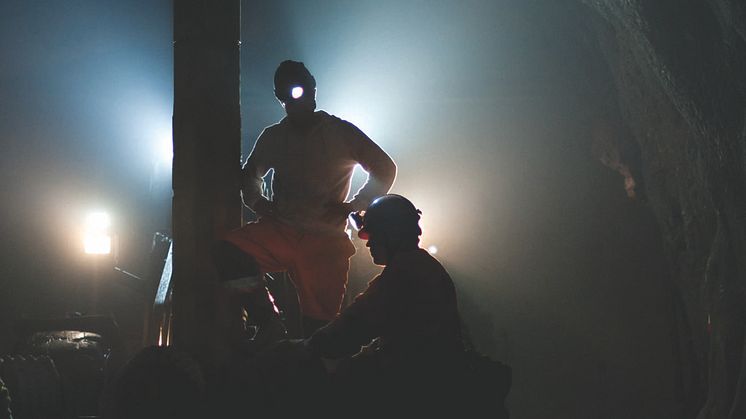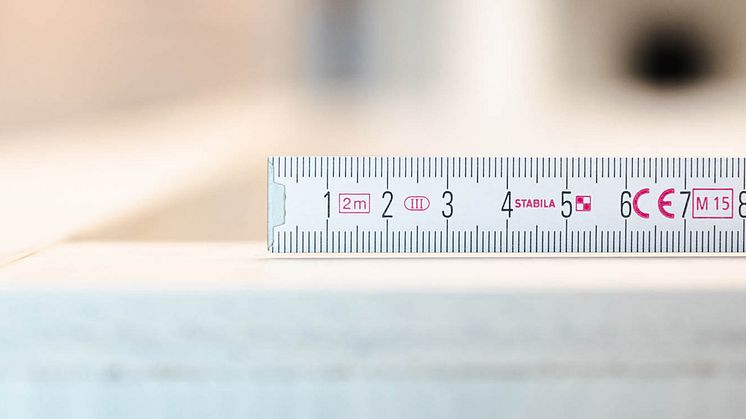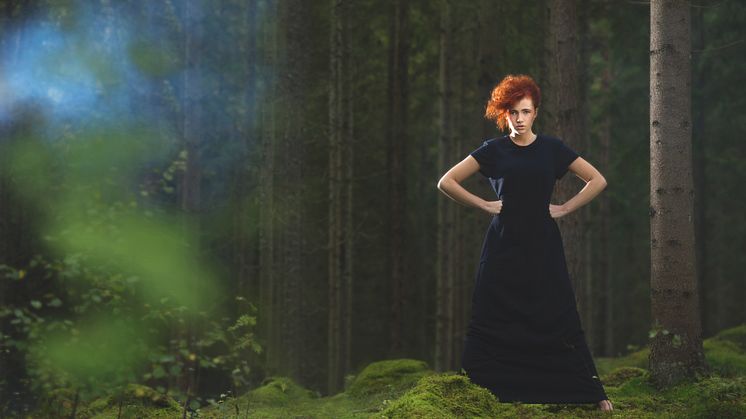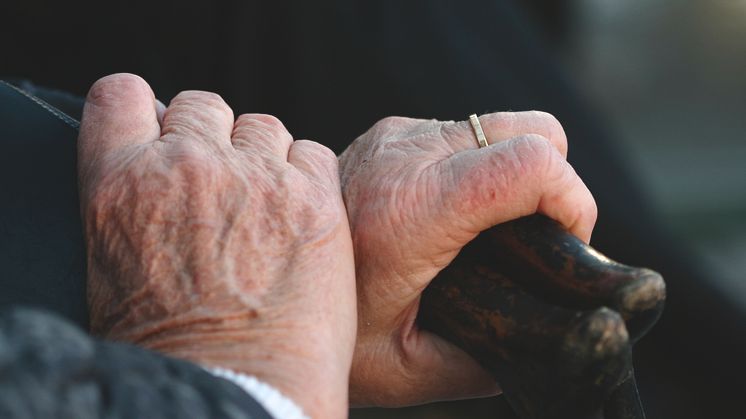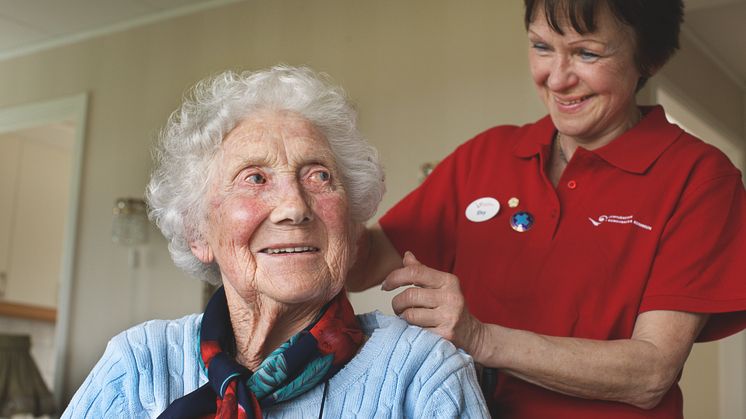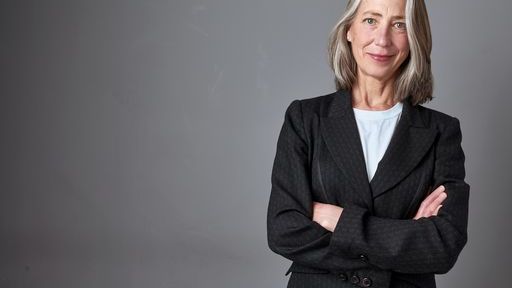Fagerhult creates premium lighting solutions that enhance human well-being in professional and public environments. With sustainability and connectivity at heart, we focus on office, education, healthcare, retail and outdoor applications. We work closely with customers and partners in the European market and provide lighting solutions globally – with tailor-made solutions for our customers.
The Fagerhult brand includes both the product company Fagerhults Belysning AB (based in Fagerhult, Sweden) and 12 sales companies located around Europe. Based on knowledge of the positive impact of light on humans, we develop and produce innovative lighting solutions that are marketed and sold via Fagerhult's sales company. In total, we are about 1,000 people, of which close to 37% are women and 63% men. (Figures from 31 December 2022)
Fagerhult is part of the Fagerhult Group, one of Europe's leading lighting companies, with 12 different brands and 4,200 employees in 27 countries around the world.
